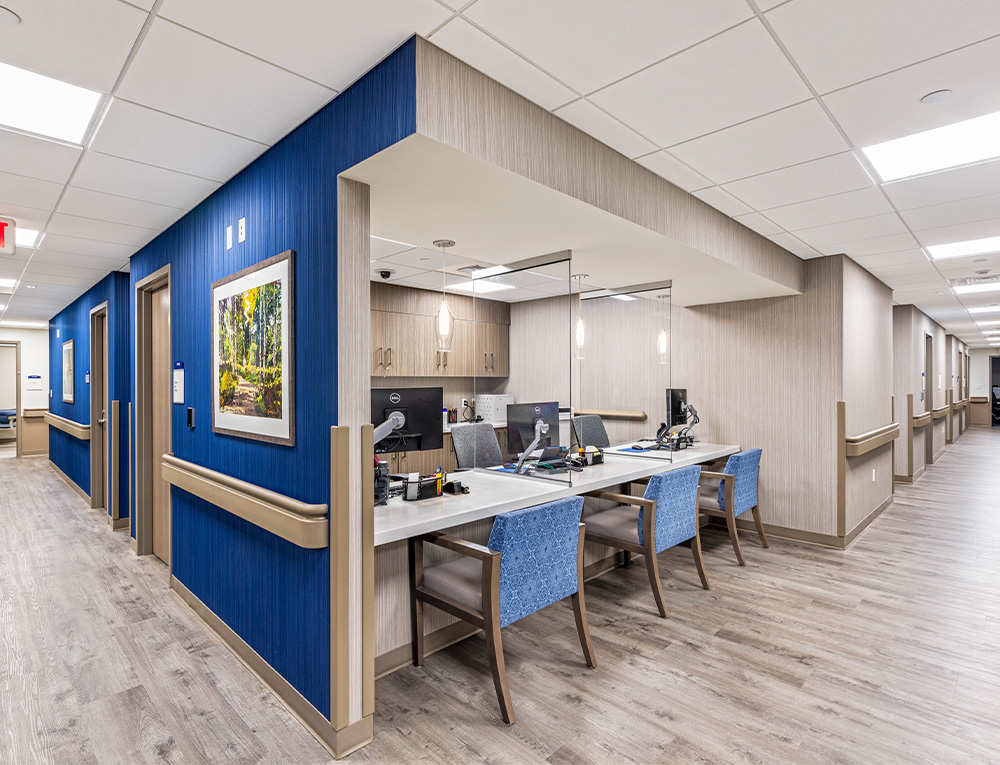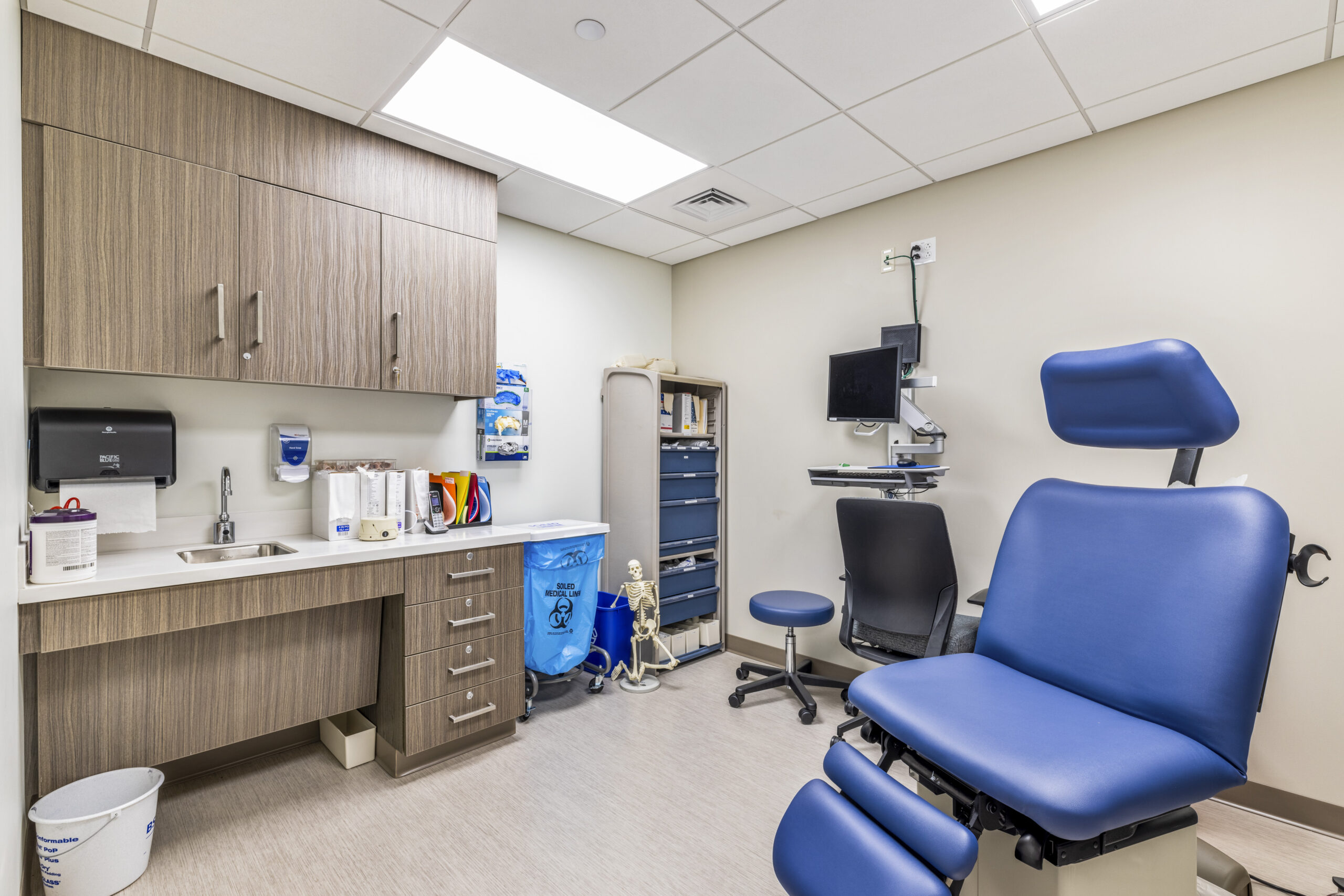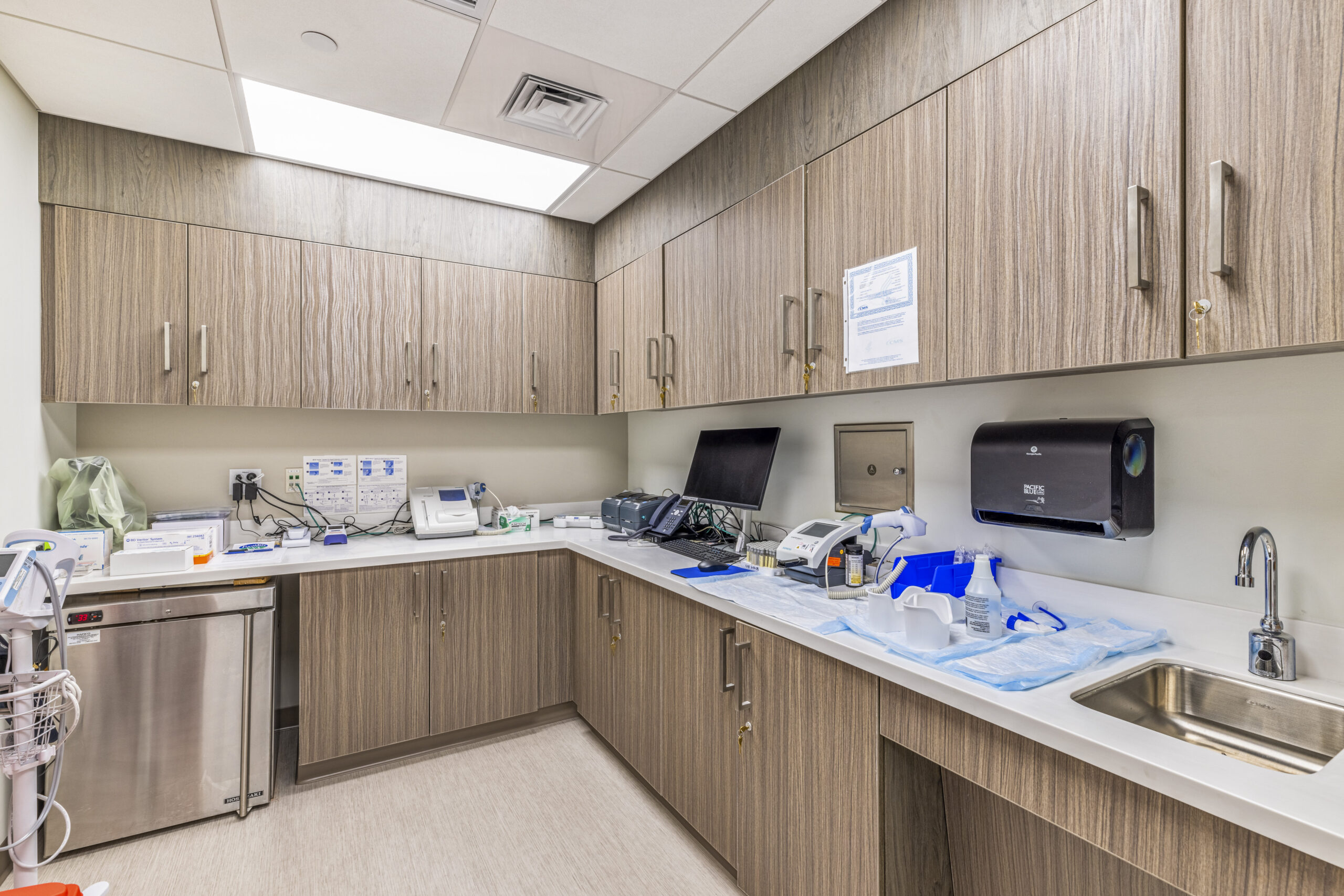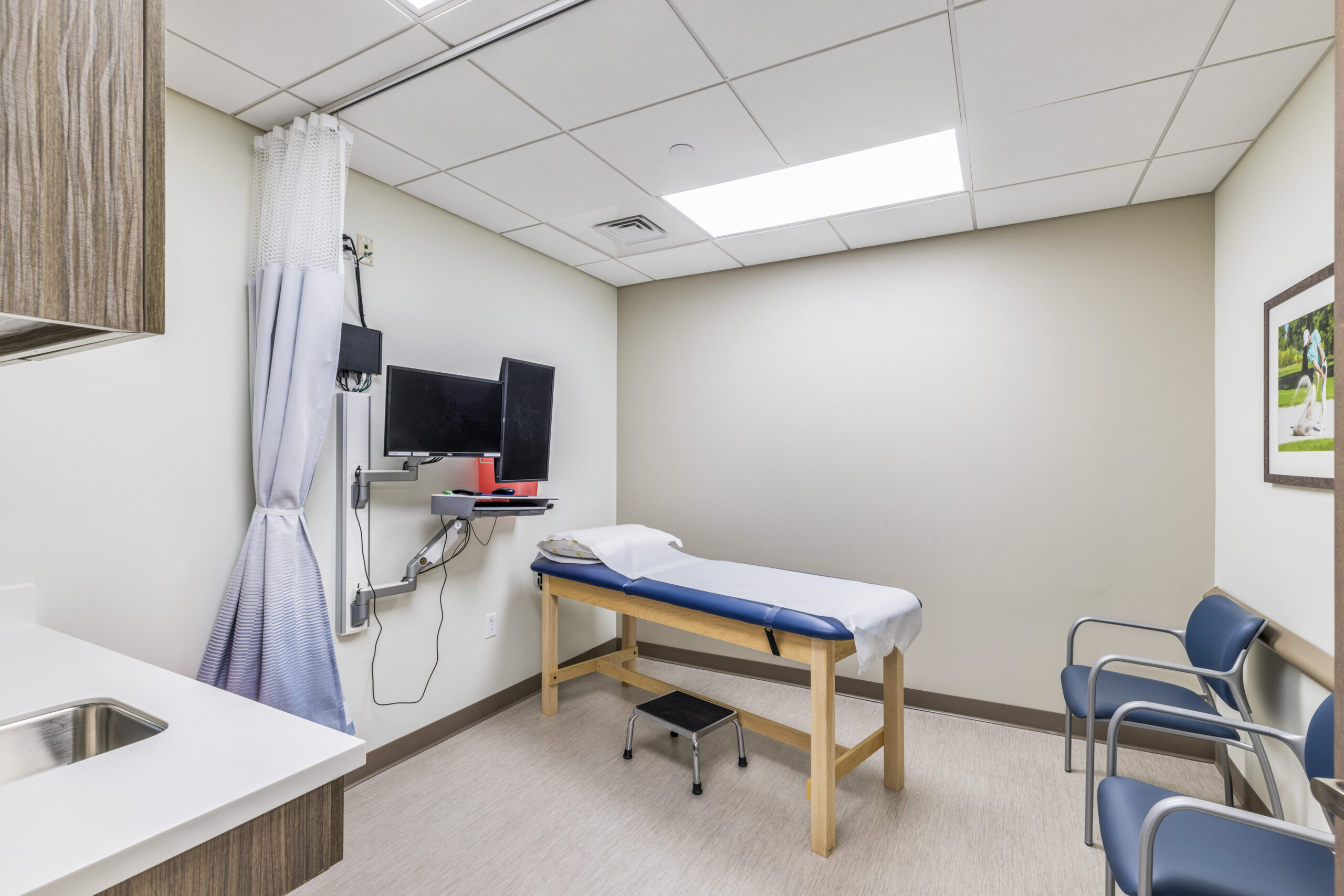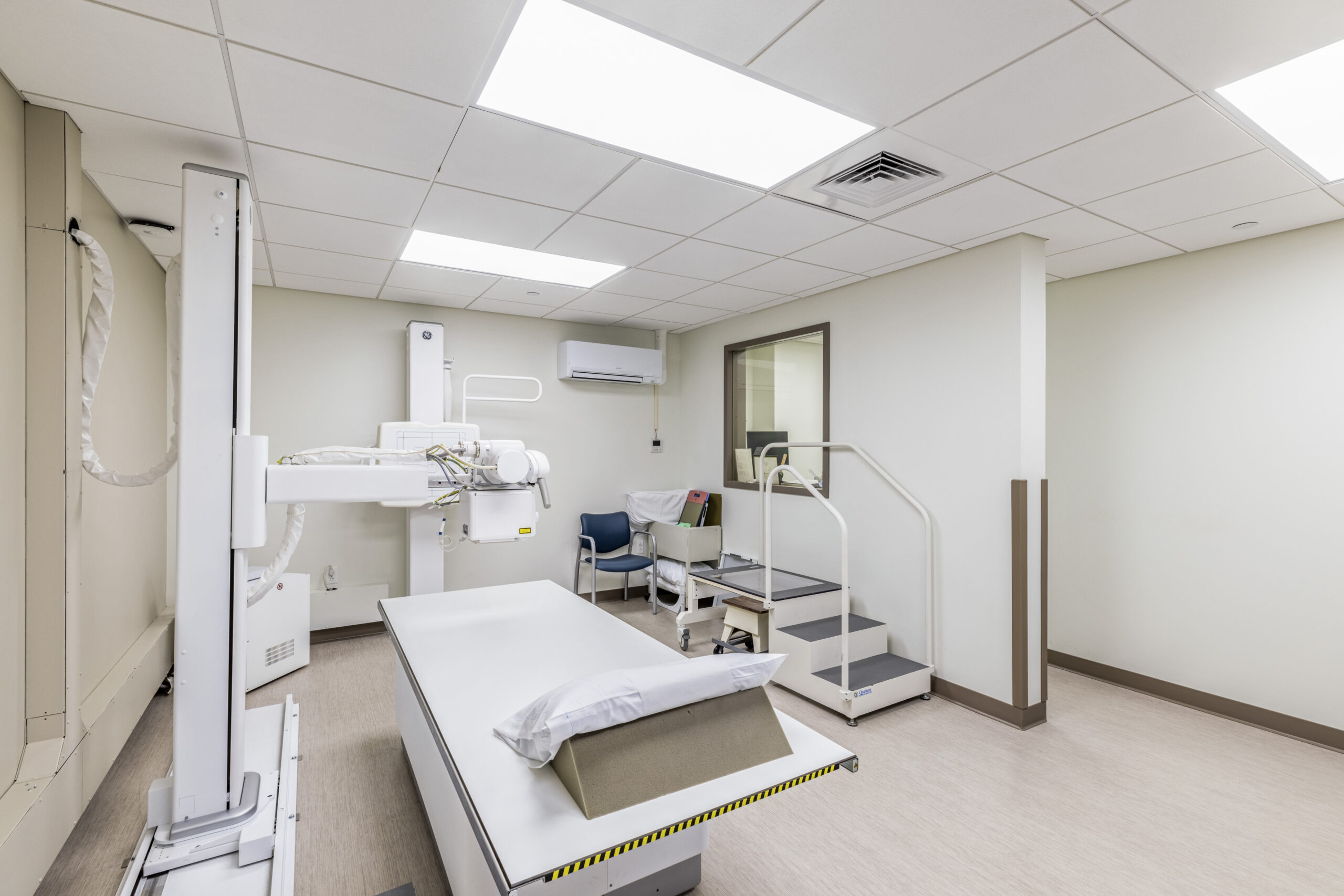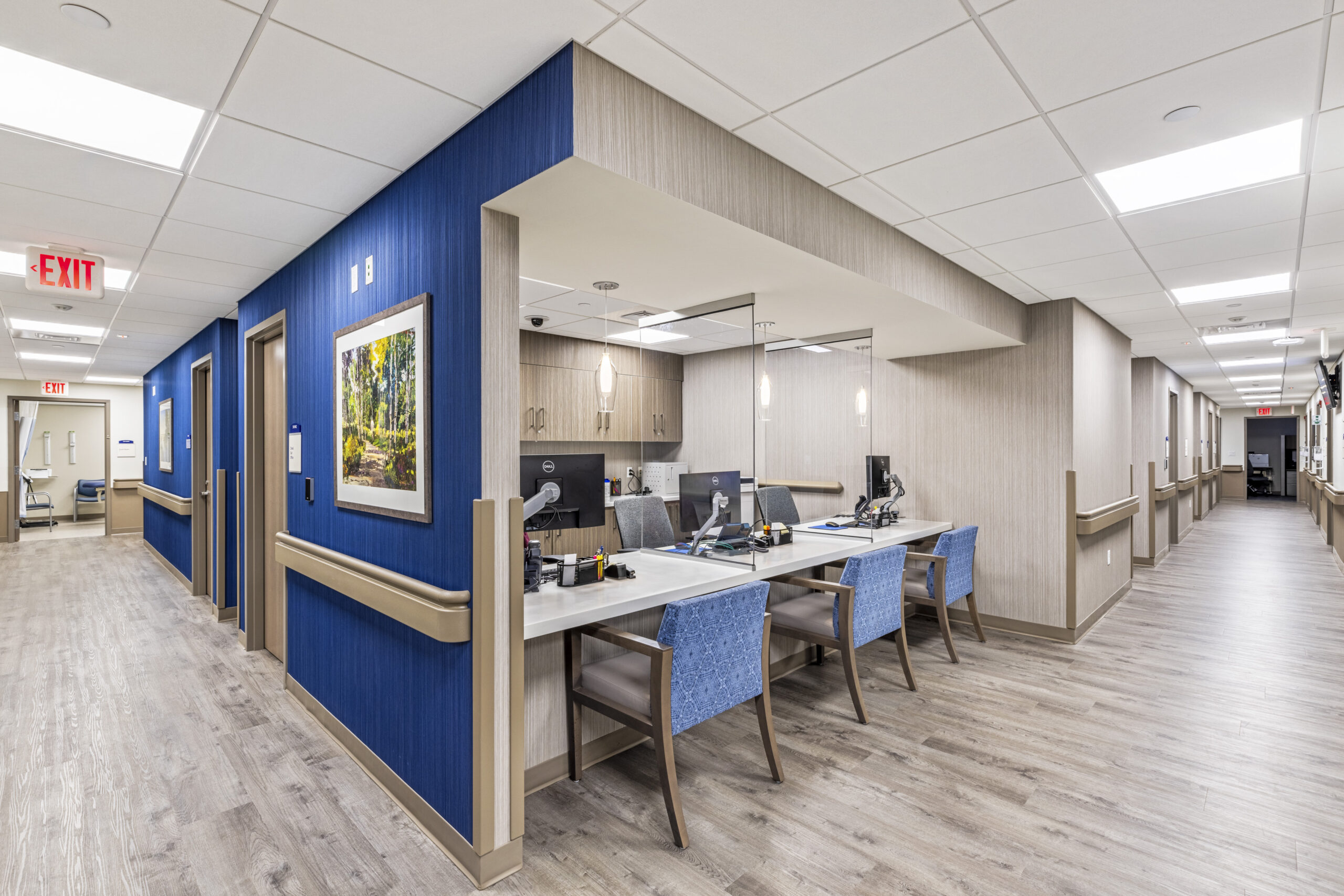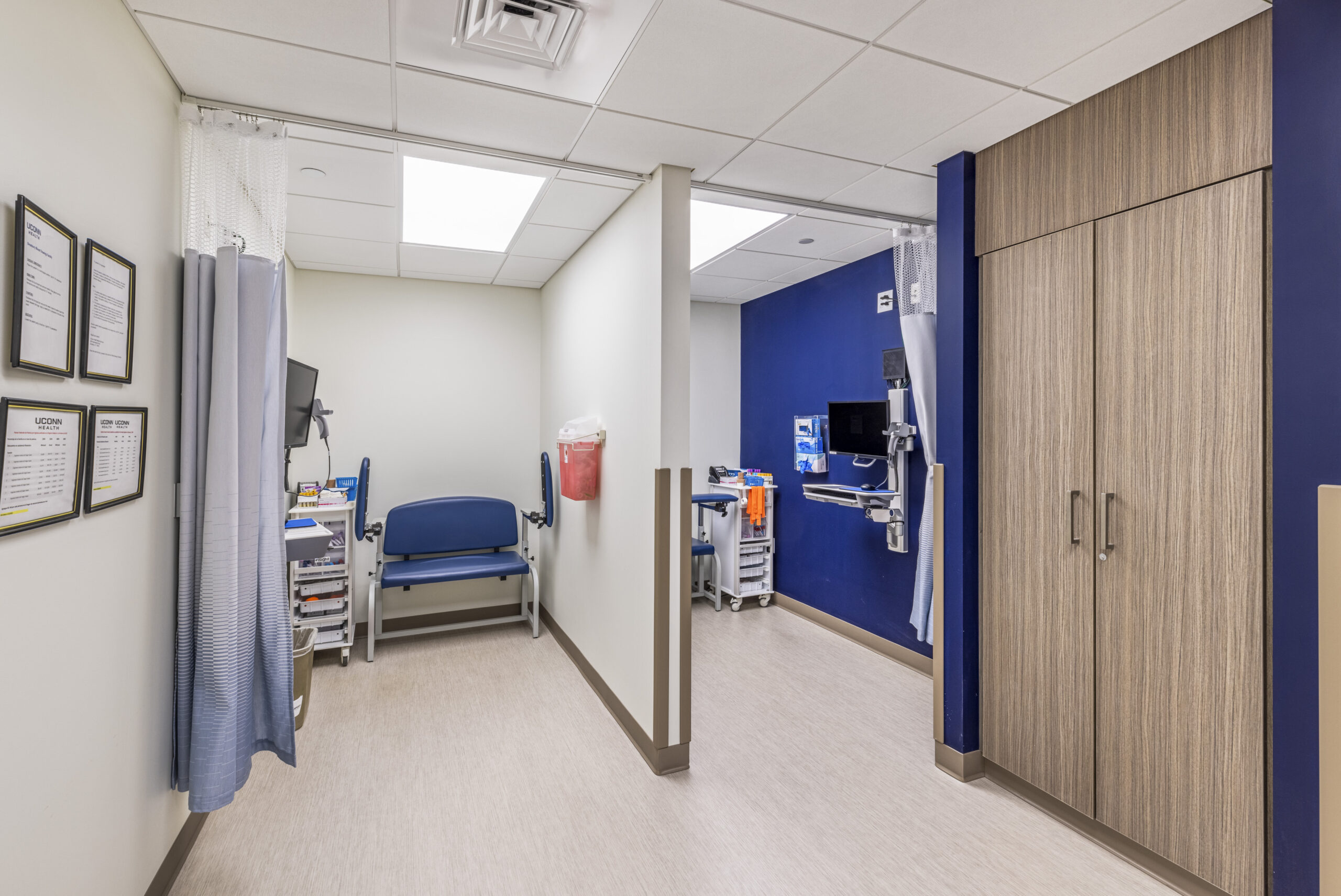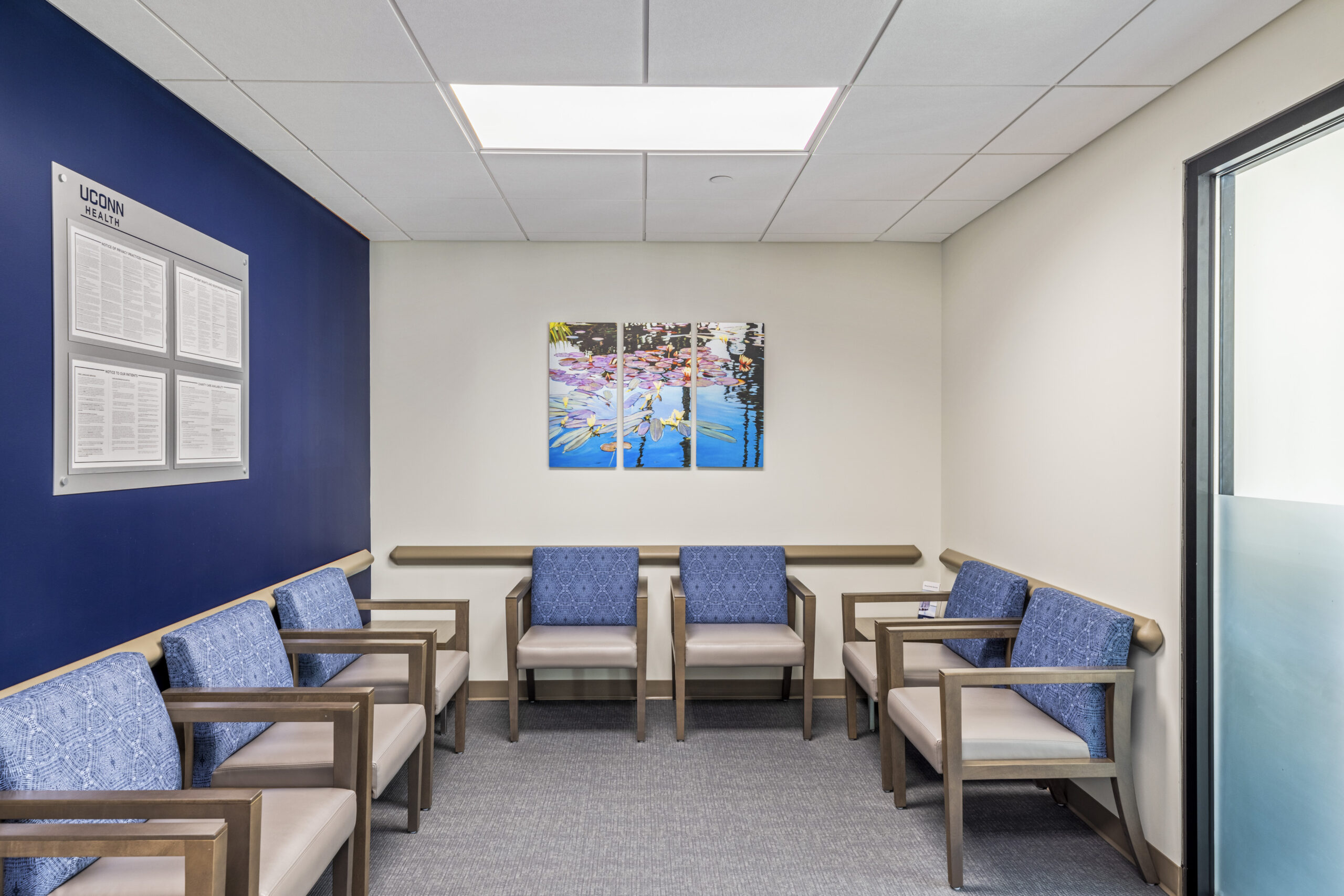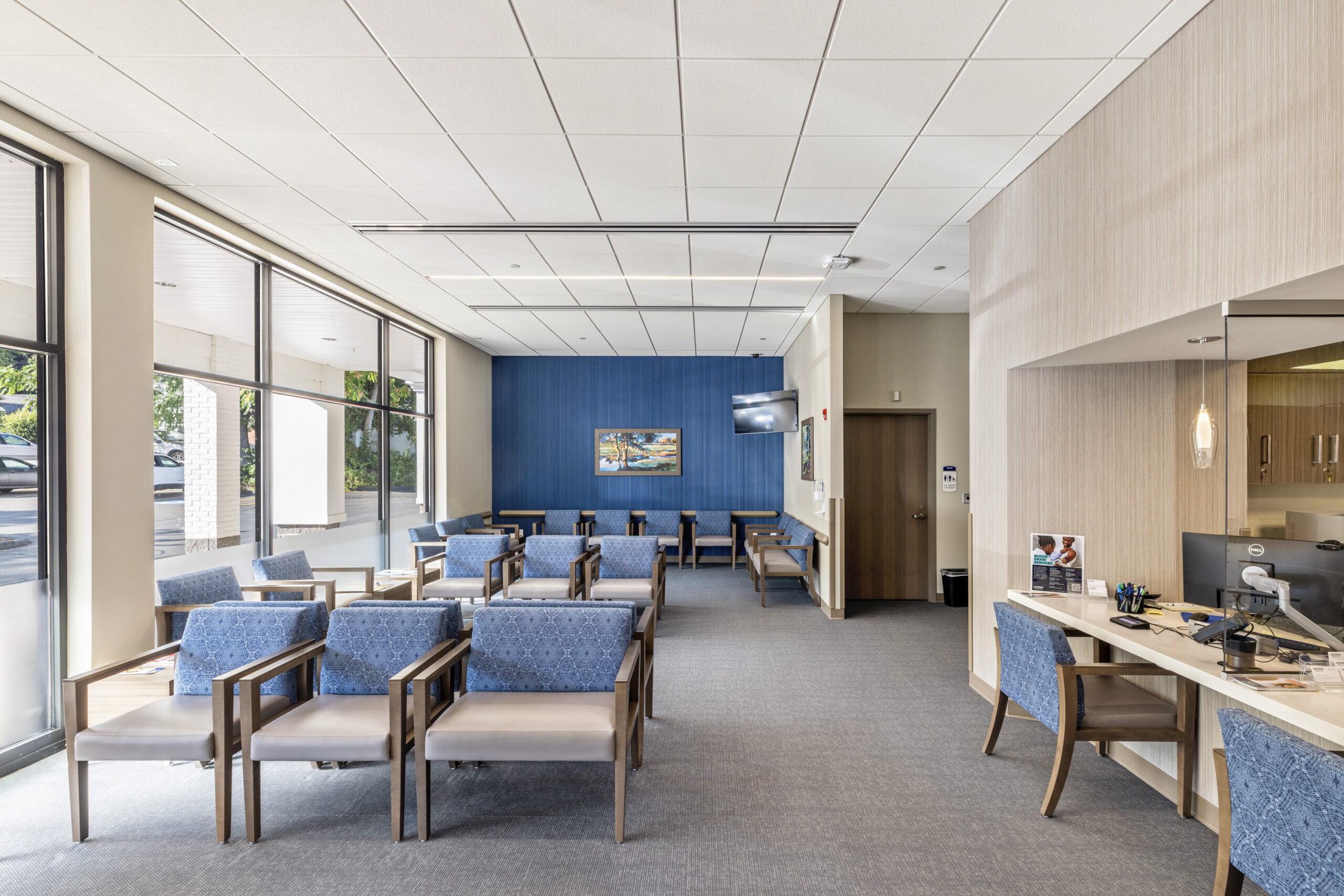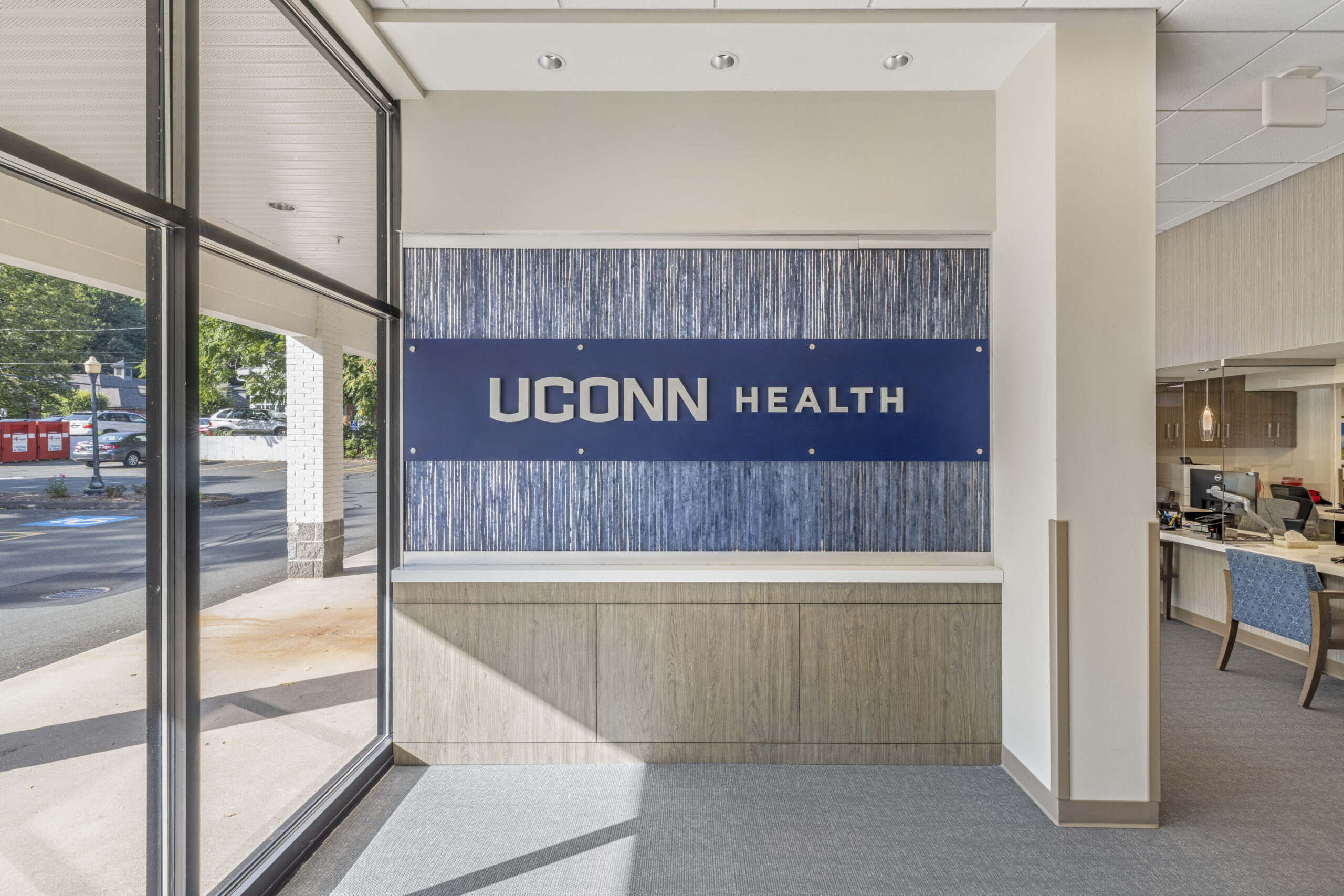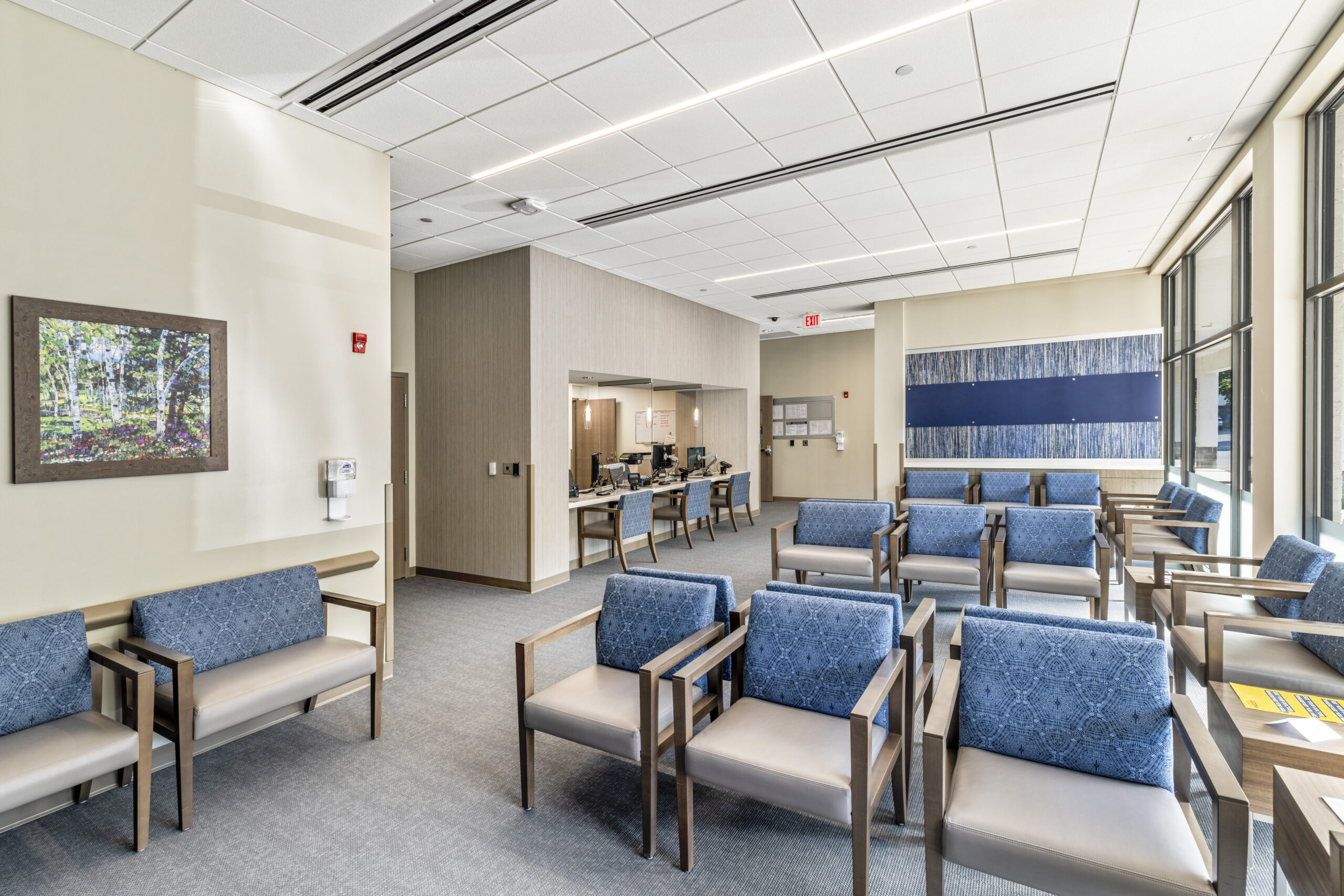In the latter part of the 20th century, a significant transformation unfolded as clinical functions shifted away from traditional healthcare institutions. Driven by reimbursement rates and the need for improved patient access and convenience, medical services such as imaging, urgent care, and other specialties began seeking alternative real estate options. Faced with a scarcity of new construction sites, especially in New England, the Building Resuscitation movement surfaced, advocating for the adaptive reuse of old buildings for healthcare purposes.
Drawing from our successful application of this approach in past projects, including revitalizing shopping centers and mixed-use facilities, our expertise now extends to healthcare. As we venture into this new domain, we have identified specific considerations that arise when repurposing existing structures for healthcare rehabilitation.
Choosing the Right Building
Initially, developers sought properties that presented an additional level of challenge. Over time as prime sites become scarcer and demand persists, all involved parties have grown more adept in recognizing the potential in unconventional opportunities.
3 factors to consider when selecting a building for healthcare use include:
-
- Location: Often healthcare buildings require proximity within 10 to 15 miles of a hospital or its network’s service area.
- Functionality: Favorable attributes are large open spaces with high ceilings, especially for functions like outpatient surgical centers or imaging facilities. Ensuring adequate existing infrastructure, including robust electricity and HVAC systems, are also essential to avoid budgetary challenges.
- Parking: Ample parking space to meet required ratios stands as another vital element for a successful conversion.
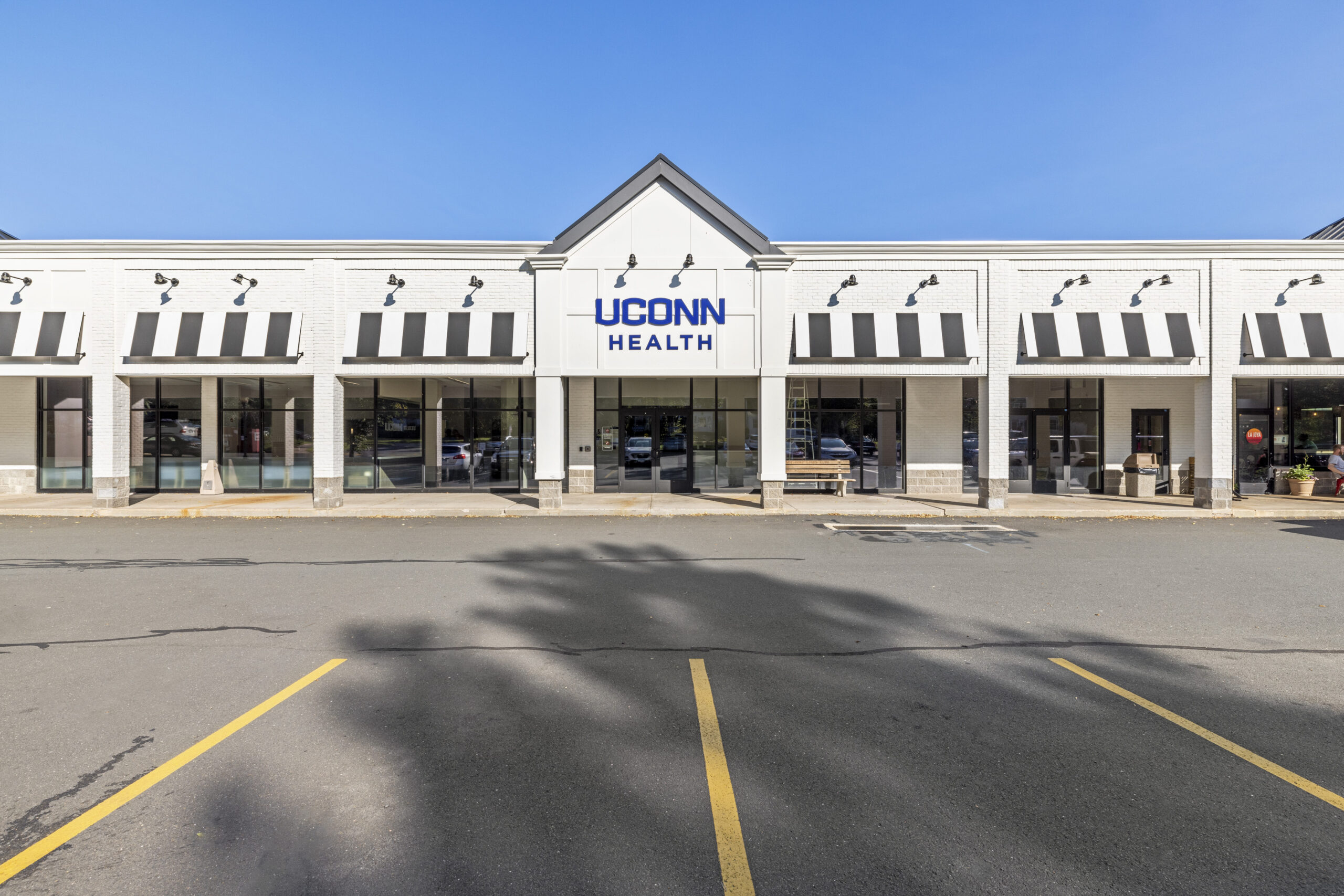
Advantages & Challenges
Repurposing buildings for healthcare space offers numerous advantages:
- Speed to market
- Capital cost savings
- Environmental benefits
Some challenges one may encounter are:
- Missing essential building features
- Trouble meeting HVAC requirements
Specialized needs like covered drop-offs for certain healthcare specialties should be carefully navigated throughout the process. But despite these challenges, the positives often outweigh them, and a run-down vacant building can become a fine portfolio asset for either a REIT, practice group, or healthcare network.
Our Success Story: UConn Health at Andy’s Center
Chris Milliard and Ron Goodin members of our team, identified an opportunity at Andy’s Center Shops and successfully repositioned vacant retail space into an 11,470 SF healthcare facility, providing a new home for UConn Health Simsbury. UConn Health has been a presence in Simsbury for over two decades, and the relocated space was a perfect fit for the client as it fit the 3 factors of:
Location. Situated within the heart of Simsbury, the new location is less than a mile from UConn Health’s previous site.
Functionality. The space is significantly larger, allowing the expansion of UConn Health’s services to encompass primary care, specialty care, diagnostics, and more. The existing open floor plan with high ceilings allowed for development of a layout needed to create pods of healthcare services for internal medicine, orthopedic, and blood draw. The facility is also handicap accessible, ensuring inclusivity.
Parking. The plaza has plenty of parking spaces, further enhancing convenience and accessibility.
Due to the excellent choice of the building, the project team encountered no significant challenges, and the entire process ran seamlessly.
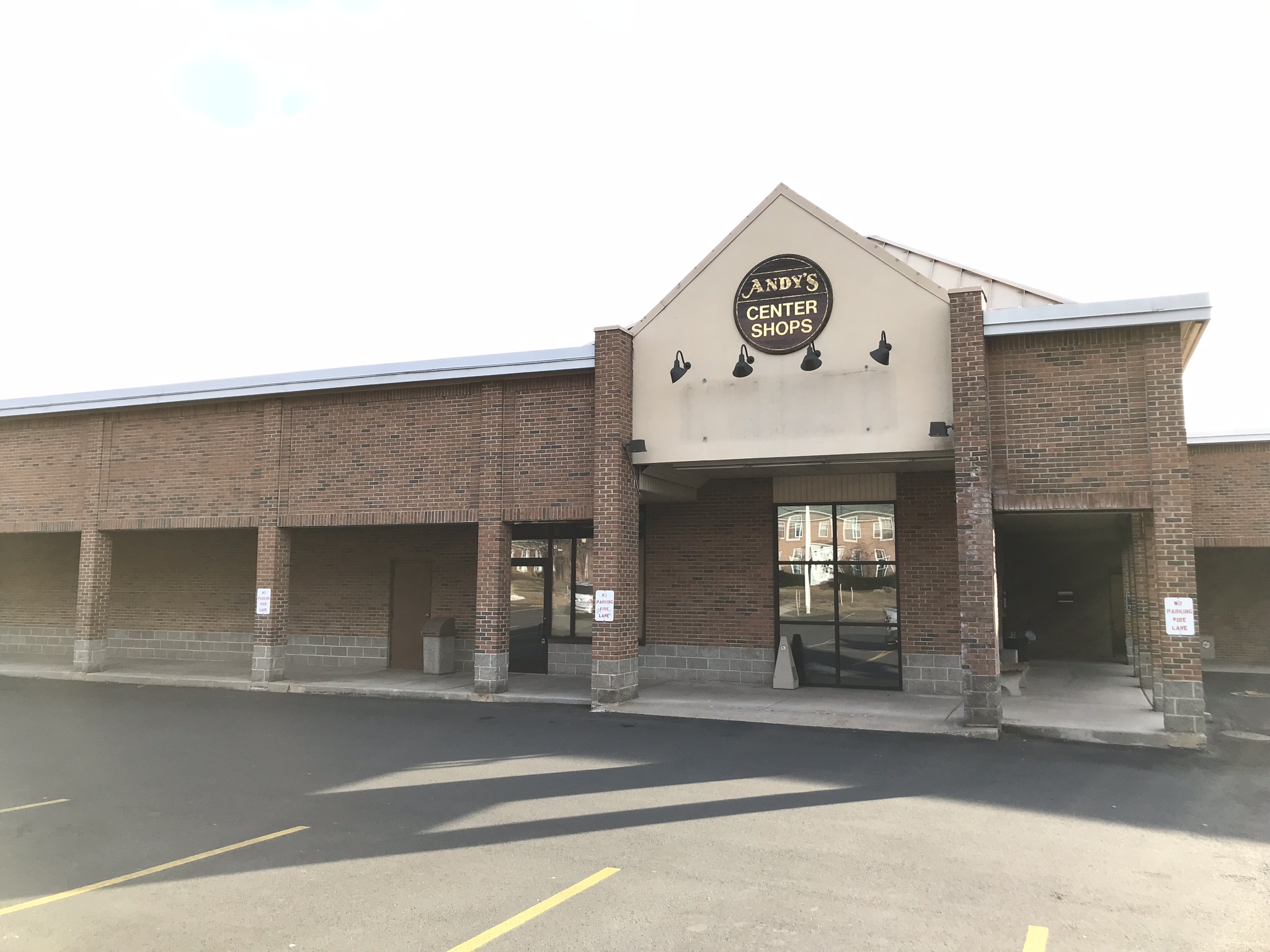
The Patient-Centric Design
The new UConn Health facility was designed with patient comfort and convenience in mind. It features a reception area with natural lighting, comfortable seating, and soothing colors. State-of-the-art technology in spacious exam rooms creates an ideal environment for consultations, examinations, and treatment. The space seamlessly integrates a lab, blood draw facility, radiology, and casting room, showcasing a successful transformation of repurposing retail spaces for healthcare.
In conclusion, our experience at Andy’s Center Shops serves as a compelling example of the possibilities and benefits associated with repurposing existing buildings. With thoughtful design and strategic considerations, dilapidated buildings truly can be transformed into valuable assets for the community and healthcare networks alike.


